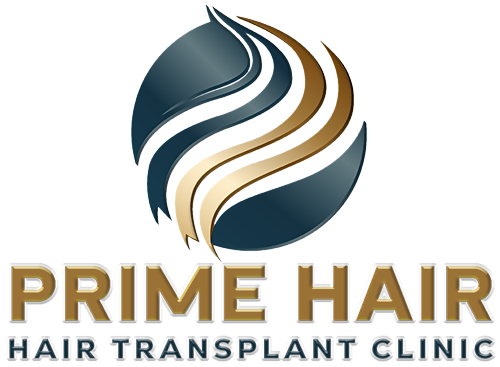Archive
28 Feb
FUT vs. FUE
If you are like most men who are ready for a hair transplant, then inevitably the question comes up: Which type of surgery is better for me? This dilemma is not a decision to be glossed over as there are essential individual factors which can make a substantial difference in tipping the scales towards one […]
READ MORE28 Feb
What is PRP for Hair Loss and How Can it Help?
It’s likely that you’ve heard of PRP, or platelet rich plasma, as a medical aesthetic treatment, but did you know it’s also effective for hair restoration? If surgical hair restoration intimidates you or doesn’t seem like a viable option, you may want to consider PRP from a Calgary hair clinic. How Does PRP […]
READ MORE
Our variety of services are customized to each individual. Decades of experience has allowed us to perfect our techniques, priding ourselves on effective and lasting results. We take the time to get to know your needs and stay on track with your goals. Contact us today and experience the Prime Hair difference
Office Hours
Clinic Hours
Monday – Thursday: 9am to 4pm
Friday – Sunday: CLOSED
For appointments outside business hours, please contact for more information.
Quick Contacts
- Phone : 403-255-6547
- 1011 Glenmore Trail SW #220, Calgary, AB T2V 4R6
Visit Us
Contact Us Today
In-person or Online Consultations Available
Our variety of services are customized to each individual. Decades of experience has allowed us to perfect our techniques, priding ourselves on effective and lasting results. We take the time to get to know your needs and stay on track with your goals. Contact us today and experience the Prime Hair difference
Office Hours
Monday – Thursday: 9am to 4pm
Friday – Sunday: CLOSED
Some appointments may be booked outside office hours, please contact us for more
information.
Quick Contacts
- Phone : 403-259-6798
- FAX : 403-255-6547
- 110, 37 Quarry Park Blvd SE Calgary, AB T2C 5H9



